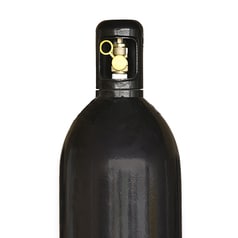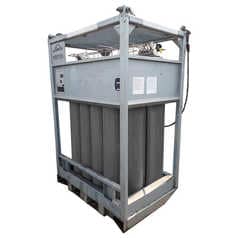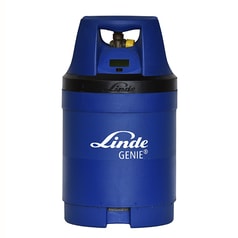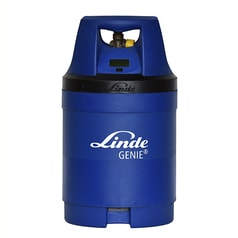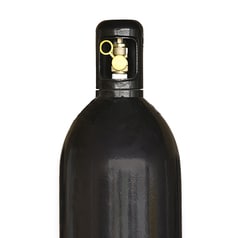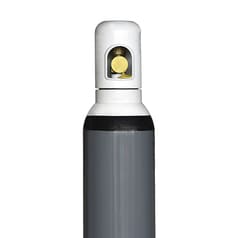Pour bénéficier d’un affichage optimal de la boutique en ligne de PanGas, vous avez besoin pour le navigateur de la version minimale suivante:
• Internet Explorer 9.0
• Mozilla Firefox 38
• Safari 8
• Chrome 45
Veuillez vous assurer que JavaScript est activé dans les paramètres de votre navigateur.
Inertization
You benefit from decades of experience and the knowledge gained from numerous successfully completed projects
For applications involving gases, Linde engineers offer you world-class expertise. Here you will find a wealth of information on the process innovations they have developed and their application expertise in inerting, purging & blanketing. Click on the individual applications for more detailed information on how we can help you achieve your quality, efficiency and optimization goals.
In many processes in the chemical industry, it is necessary to:
- To prevent explosions
- To exclude undesired reactions
- To keep moisture away from products
- To ensure safety when performing maintenance and service work
Applications
Since in many cases these objectives cannot be achieved by equipment technology and design alone, additional inert gases and associated special engineering equipment are often used. In particular, this involves reducing the oxygen content and preventing oxygen and/or moisture from coming into contact with reactive or adsorptive products. This is done mainly by inerting with nitrogen, sometimes with carbon dioxide and in exceptional cases with argon. In most cases, the aim is to completely or partially displace the air, which contains oxygen and often moisture, or to keep it away from the products by means of an inert gas.
Examples of applications:
- Reactors, stirred tanks
- Centrifuges and vacuum filters
- Grinding and mixing plants
- Tank farms, containers
- Dryers, silos
- Filling installations
- Oil and fuel pipelines
- Industrial service
Blanketing with nitrogen
When storing volatile or oxidizing substances, safety and maintaining product quality are top priorities. Nitrogen blanketing, also known as "blanketing," is a safe and reliable method of continuously maintaining a protective layer of gas over the substance of interest.
Humid air in the headspace is replaced by very pure, inert and completely dry nitrogen. A system of high-precision control valves ensures that when the tank is filled or emptied, the amount of nitrogen in the tank is automatically balanced to maintain the protective layer.
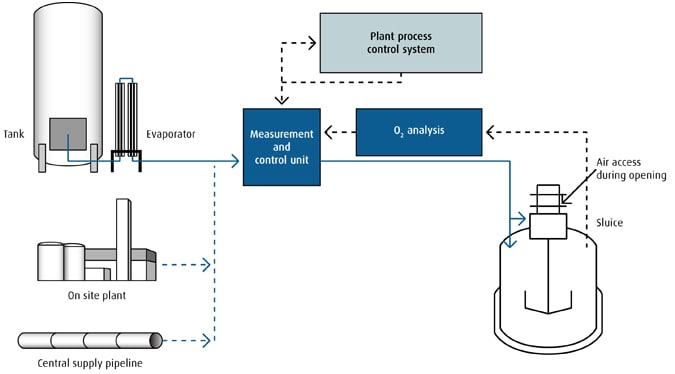
Purging
Oxygen and moisture in the atmosphere of process rooms - for example in reactors - can be efficiently and cost-effectively displaced during start-up or shutdown by purging with gaseous nitrogen (GAN).
The filling and flushing of the process vessel with the dry gas can be fully controlled. Since no pumps are required, there is no risk of sparks, ignition sources or cross contamination. More importantly, the use of nitrogen ensures that there is "no reaction" either with the previously stored substance or with the products manufactured further down the process.
Safety is a top priority
Our unique safety system provides a safe platform for assessing the ignition properties of a wide range of gases, vapors and mixtures. With PC-based software, our application engineers can show you how to reduce start-up and downtime. With us as your partner, you get safe, reliable and cost-effective solutions. They include:
- Safety analysis with our safety system
- Conducting tests and profitability analyses
- Elaboration of a customized problem solution
- Selection of an economically inert gas according to the purity standards required for the process
- Supply, installation and commissioning of the inerting hardware
Purification methods
In displacement purging, vaporized nitrogen is blown into an open device to displace the dangerous or harmful gas. This method is used primarily when the H/D ratio is high. The amount of nitrogen usually required is on the order of 1.2 times the tank volume.
Dilution purging
Dilution purging involves feeding gaseous nitrogen into an open device to dilute the hazardous or noxious gas. The diluted gas then flows out through the exhaust. This method occurs at lower H/D ratios. The nitrogen requirement is approximately 3.5 times the tank volume.
Purging by pressure swing
In "pressure swing purging," gaseous nitrogen is squeezed into a closed arrangement to increase the pressure. When blowing off, the dangerous or harmful gas escapes first. The process (closing - blowing in - opening - blowing out) continues until the desired concentration is reached. Both overpressure and vacuum can be used. Pressure swing purging is used when, for example, the inlet and the outlet are close together.
Facilities
According to the needs of the chemical industry, the following technologies and products are available:
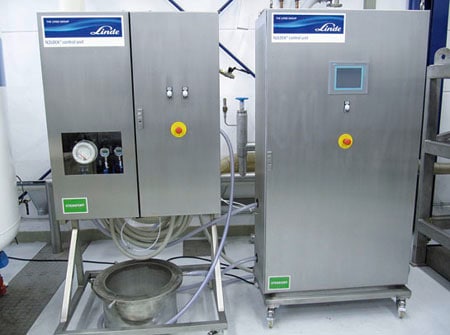
Measuring and dosing stations for different processing capacities
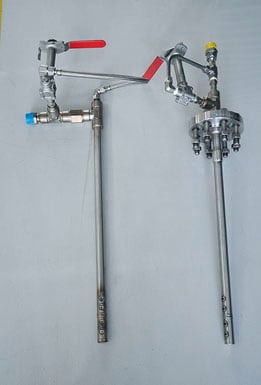
Nozzles for injecting liquid nitrogen into a gas stream
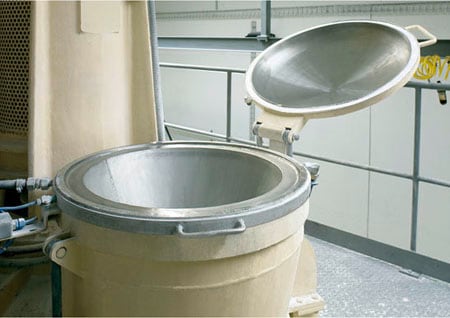
Inert gas locks N2LOCK® for safe filling of containers with bulk material
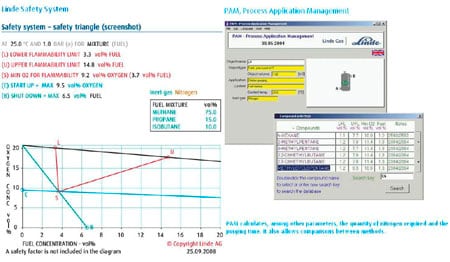
Software for inerting tasks - calculation of explosion limits and required amount of inert gas
Spraying
Removing oxygen by introducing nitrogen
When nitrogen is introduced into liquids in the form of small bubbles, the oxygen present can be effectively removed. This method provides excellent control of the process and does not introduce other substances into the liquid. Tubing with nitrogen is also fast and effective and can be flexibly integrated into the process environment.


